Description
The Behringer DR400 Digital Reverb/Delay Effects Pedal is in New condition and made by Behringer , it is a great Stereo Reverb Delay Guitar Effect Pedal – Trade in your Behringer DR400 Digital Reverb/Delay Effects Pedal with Gear4music. This pedal has likely added depth and dimension to your sound blending digital precision with creative versatility. However advancing your effects arsenal could mean exploring pedals that offer a wider range of reverb and delay types more nuanced control over parameters or even stereo output capabilities for a more immersive sonic experience. Consider looking into effects units that provide richer more complex soundscapes or those that integrate with your setup for more streamlined live performance and recording. . Available from Just Pedals for only £ 69 What is Delay? What is Reverb? Delay is a synthetic echo that repeats the notes you play on your guitar or other instruments in adjustable increments. Each repeated note becomes softer than the previous one until the repeats are no longer heard. This results in a thick robust sound that is perfect for everything from quick slap-back echo of classic rockabilly to the long dreamy echos found in psychedelic rock or cavernous cathedrals and theatres. On the other hand reverb emulates the natural echo that occurs because of a rooms acoustics. Think of how your guitar would sound if you plucked a note while standing in a big empty gymnasium – the DR400 is capable of producing that sound even if youre playing in your bedroom. It can even combine both sounds – providing you with a truly out of this world tone. Endless Creative Possibilities Powered by Behringers proprietary Real Sound Modelling (RSM) processor the DR400 offers three delay styles four reverb styles and four styles that combine both together. The dedicated Tone and Reverb Time dials double as Feedback and Delay Time depending on which mode youre operating in while the Balanced dial determines the perfect blend of clean and affected tone. The DR400 is also equipped with a Tap function which allows you to dial in the delay tempo by simply pressing the foot-switch in time with your music. Features Ultimate digital reverb/delay effects pedal comparable to state-of-the-art studio processors Real Sound Modelling (RSM) combines state-of-the-art DSP technology with sophisticated algorithms to emulate real acoustic environments 24-bit high-resolution stereo effects including reverb delay and various combinations Dedicated Mode Reverb/Delay time Tone/Feedback and Balanced controls for versatile sound shaping Status LED for effect on/off and battery check Runs on 9V battery or the Behringer PSU-SB DC power supply (not included) First-class electronic on/off switch for highest signal integrity in bypass mode Designed and engineered in Germany Specifications Input Connector: 1/4 TS Input Impedance: 500k? Output A Connector: 1/4 TS Output A Impedance: 1k? Output B Connector: 1/4 TS Output B Impedance: 1k? Power Supply: PSU-SB 9VDC or 9V Battery Dimensions: 54mm x 70mm x 123mm (H x W x D) Weight: 0.33kg / 0.73lbs
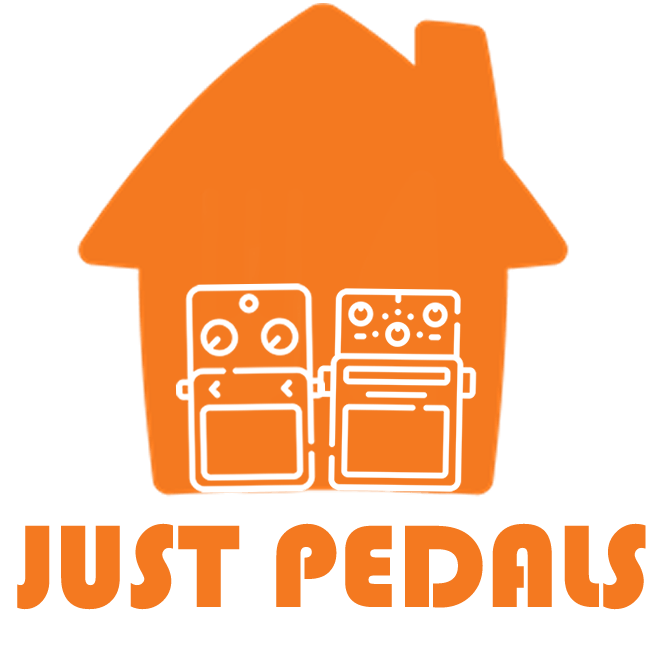
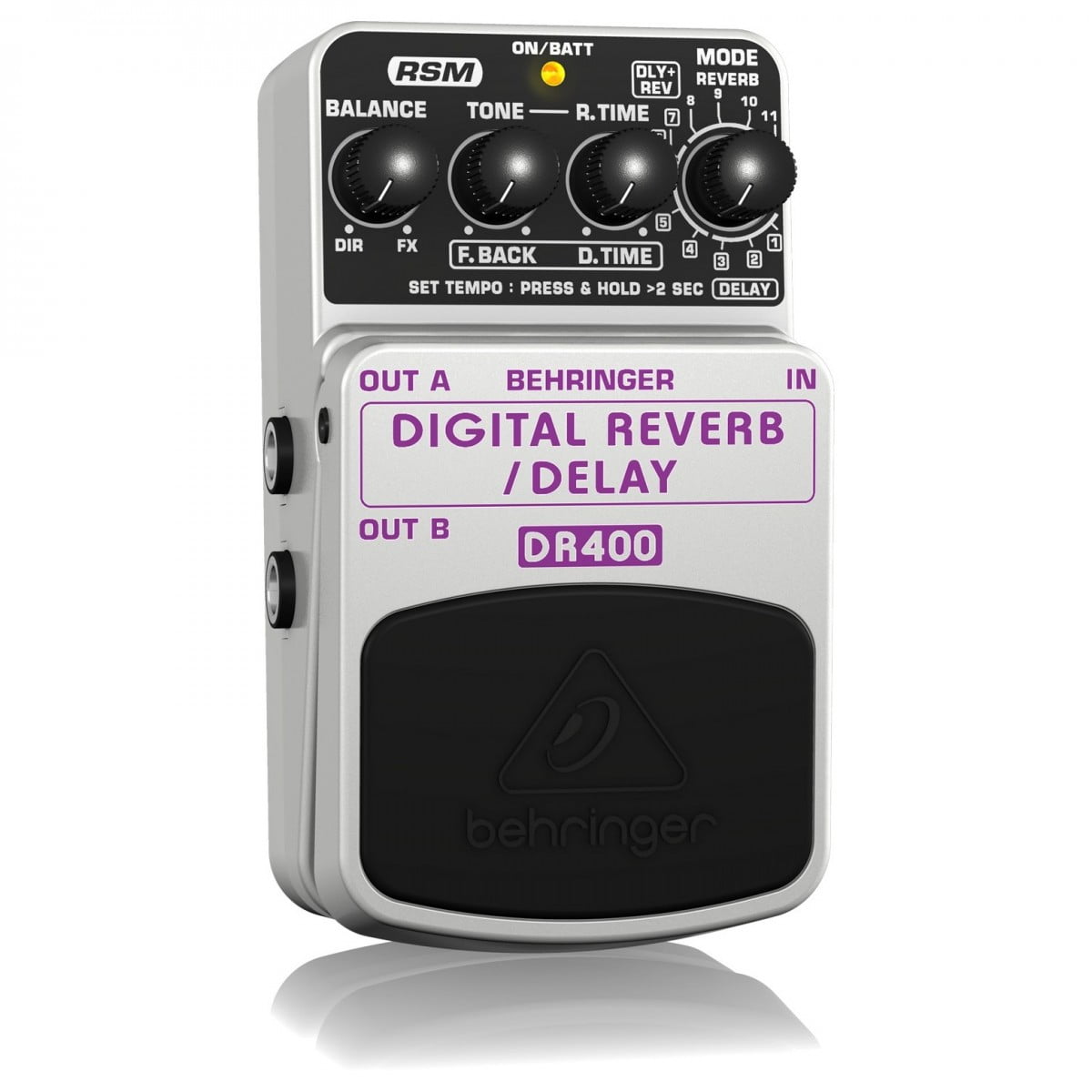

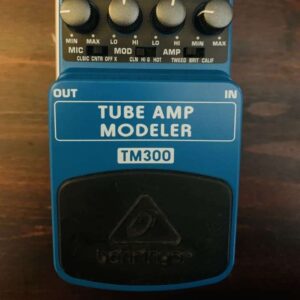
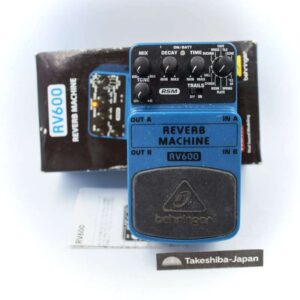
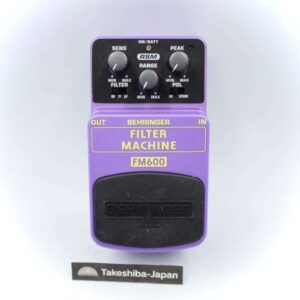
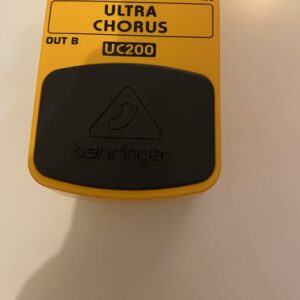
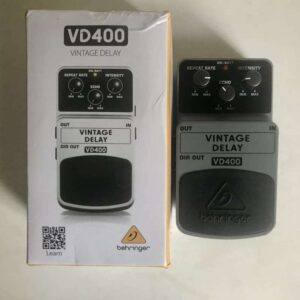
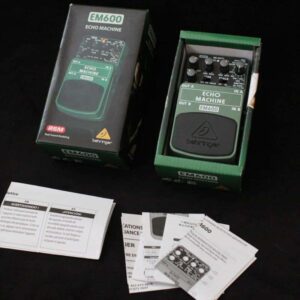
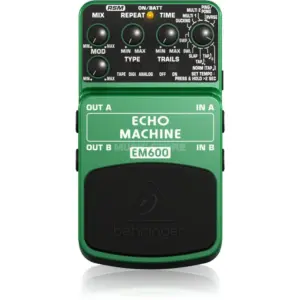
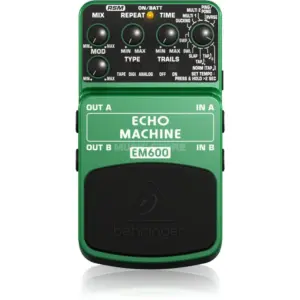
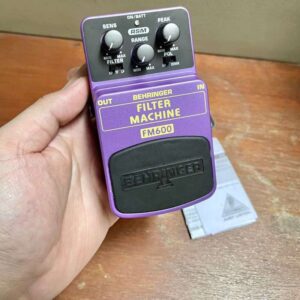

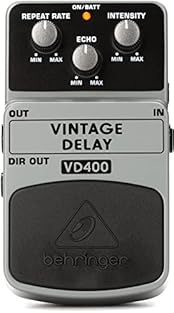

![[7 Delay Modes] 7 delay effects including digital, analog, tape, mod, sweep, lofi and reverse. [3 Knobs] MIX is used to control the dry/effect signal ratio. TIME is used to control the delay time from 20ms ~ 838ms. F.BACK is used to control the feedb...](https://m.media-amazon.com/images/I/41EUFdvIhyL._SL313_.jpg)
![[3x3 Modes for Versatile Effects]: >> 3 delay modes (Echo, Digital, Vintage) and 3 reverb modes (Hall, Room, Plate) provide 9 unique effect combinations. The DSP restores 6 classic dual-time-domain spatial effects for precise sound control [User-Defi...](https://m.media-amazon.com/images/I/41UTXSm8WjL._SL313_.jpg)
Reviews
There are no reviews yet.